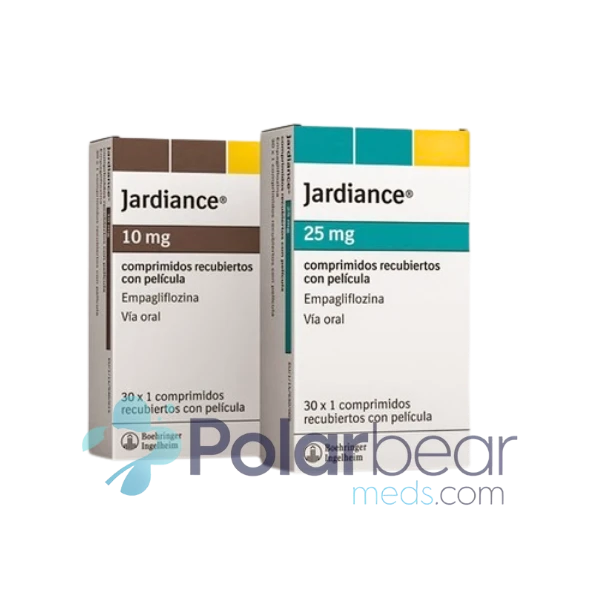
Exploring the Potential of Gut Microbiota in Treating Fungal Infections
HOME | JUBLIA FOR FOOT FUNGUS | COULD GUT MICROBIOTA HELP CURE FUNGAL INFECTIONS?
Could Gut Microbiota Help Cure Fungal Infections?
Could Gut Microbiota Help Cure Fungal Infections? This is a question that many patients have asked themselves when seeking treatment for their fungal infections. Jublia for foot fungus is one solution, the answer isn’t as simple as it may seem, there is some evidence that this gut biome could be the key to ending our battle with fungal infections. In this blog post, we will explore the gut biome and its connection to fungal growth.
Is Candida a friend or a foe in gut microbiota?
Candida is a type of yeast that lives both on and inside our body. It is a normal part of our intestinal microflora, which is made up of many different types of bacteria. Overall Candida usually stays in balance with other bacteria in our gut, but in some cases, it can grow out of control and cause fungal infections in various parts of the body.
Generally Candida resides in the mucosal lining of the digestive tracts. However, it can enter other parts of the body through breaches in intestinal lining. Eventually this causes Candida overgrowth, which may lead to problems such as oral thrush (a fungal infection in the mouth), vaginal yeast infections in women, and jock itch in men who sweat a lot.
Firstly, Overgrowth can cause excessive growth of Candida, which can result in the formation of fungal plaques in the intestines or liver. Secondly overgrowth also causes inflammation of the mucous membranes, thereby leading to oral or vaginal itching. Additionally overgrowth also causes liver damage in some patients, leading to jaundice (yellowing of the skin).
Treatment for Candida overgrowth depends on the severity of the condition. If the overgrowth is limited to the intestines, antifungal medications may be prescribed. Oral medications, such as nystatin, fluconazole or clotrimazole, are used to treat oral thrush. Vaginal pills, creams and suppositories contain antifungal medications like clotrimazole.
The link between fungus and disease
Fungus is a medical term for a group of organisms that include yeasts, molds, and mushrooms. Most of these fungi are harmless, and even beneficial, to human health, while some can cause serious health problems.
While most fungal diseases are caused by a fungal infection of the external skin, there are other fungal diseases that can be deadly if left untreated, including systemic mycoses, histoplasmosis and coccidioidomycosis.
Systemic mycoses include cryptococcal meningitis, candidiasis, and aspergillosis. These fungal diseases are infections that affect the bloodstream and transmit into the bloodstream.
Histoplasmosis is caused by inhaling spores from a fungus that grows in soil. Coccidioidomycosis is an infection that affects the respiratory system. Eventually both can be fatal if left untreated.
Another link between fungus and disease is still being investigated, but it is possible that some fungal infections are caused by an imbalance in the microbiome, or the population of bacteria, fungi, viruses, archaea, and protists that inhabit a particular environment.
Microbiome modulation as an approach to treat fungal infections
Fungal infections are a common problem, and there is no cure currently available. However, there is growing evidence that gut microbiome modulation may be an effective approach to treating fungal infections.
Gut microbiome modulation involves altering the gut microbiota to restore balance and treat fungal infections. Also, there is growing evidence that restoring gut microbial balance can be effective in treating a variety of conditions, including fungal infections.
There are a number of ways to modulate the gut microbiome, including dietary interventions, probiotic supplements, and gut-directed therapies. Dietary interventions include things like altering the type of food that you eat or the amount of fiber that you consume. Probiotic supplements contain live bacteria that can help to restore gut microbial balance. Gut-directed therapies use medications or supplements that are specifically designed to alter the gut microbiome.
Presently there is growing evidence that gut microbiome modulation may be an effective approach to treating fungal infections. If you are struggling with an infection, it may be worth considering a gut-directed therapy to restore gut microbial balance and treat the infection.
Current treatments prescribed for Candida infection.
Candida is a fungus that normally lives in the human body. When the immune system is compromised or under stress, this fungus can become life-threatening, causing Candida infection.
Overall there are several different treatments and remedies available to treat Candida infection. Yeast infection or Candida infection can be treated with antifungal agents, antibiotics, and antifungal treatment.
Several common antifungal agents used to treat Candida infection include nystatin, caspofungin, and fluconazole. These antifungal agents work by killing the Candida. However, according to the Mayo Clinic, these agents do not work for vaginal yeast infection.
Metronidazole, clindamycin, and amoxicillin are the most common antibiotics used to cure yeast infection. Similarly, these antibiotics work by killing the Candida.
Undoubtedly the most common type of Candida infection is a yeast infection. Most of the time, a vaginal yeast infection can be treated with home remedies. However, when home remedies fail, women can opt for prescription antifungal treatment. According to Mayo Clinic, the antifungal drugs of choice for vaginal yeast infections are miconazole and clotrimazole.
What are fungal infections?
Fungal infections occur on the feet when the skin becomes damaged and is unable to heal.
Fungi form when the skin is injured or irritated, and this allows the fungi to penetrate the skin. Once the fungi reaches the feet, it grows and spreads, which causes the fungal infection.
The most common fungal infections that occur on the feet are athlete’s foot and ringworm. Athlete’s foot is a very common fungal infection. It affects the skin between the toes, especially related to sweaty feet. Ringworm is a fungal infection that affects the skin, and usually forms around the toenails.
How Jublia for foot fungus cells cause disease.
Overall, fungal infections are caused by fungal cells. Fungal cells have cell walls made of chitin. The chitin is synthesized by chitin synthase in fungal cells. The chitin synthase is a fungal enzyme responsible for the production of chitin in fungal cells.
Fungi are eukaryotic organisms. These fungi reproduce asexually. They reproduce through spores. The spores are produced through meiosis.
Sexual reproduction in fungi is uncommon. In sexually reproducing fungi, the haploid nuclei fuse with the haploid nuclei from the opposite mating type to form diploid nuclei. This is achieved through meiosis.
Overall, fungi attach themselves to the host by secreting an extracellular adhesive.
Interestingly fungi produce enzymes that degrade the host cell walls. This weakens the host cells and increases fungal invasion.
Read Also – 6 Best Nail Fungus Treatments of 2024: Why Jublia Is on Top?
How Jublia for foot fungus could help treat fungal infections.
Jubilia for foot fungus is a dietary supplement that has been developed to treat a variety of fungal infections in humans. Jublia topical cream works by destroying fungal infections in both humans and other members of the human family. Additionally, it also prevents future fungal infections from developing.
Jublia for foot fungus has recently been approved to treat onychomycosis, which is a type of fungal infection that infects the toenails. It is created from extracts of jojoba oil and tea tree oil, two essential oils that have been proven to be effective in treating a variety of fungal infections.
Jubilia for foot fungus can be used by adults as well as children. Buy Jublia online can be found at Polarbearmeds.com for UP TO 90% of retail pricing.
Choose your platform, share this story!
Facebook Twitter LinkedIn Pinterest






















